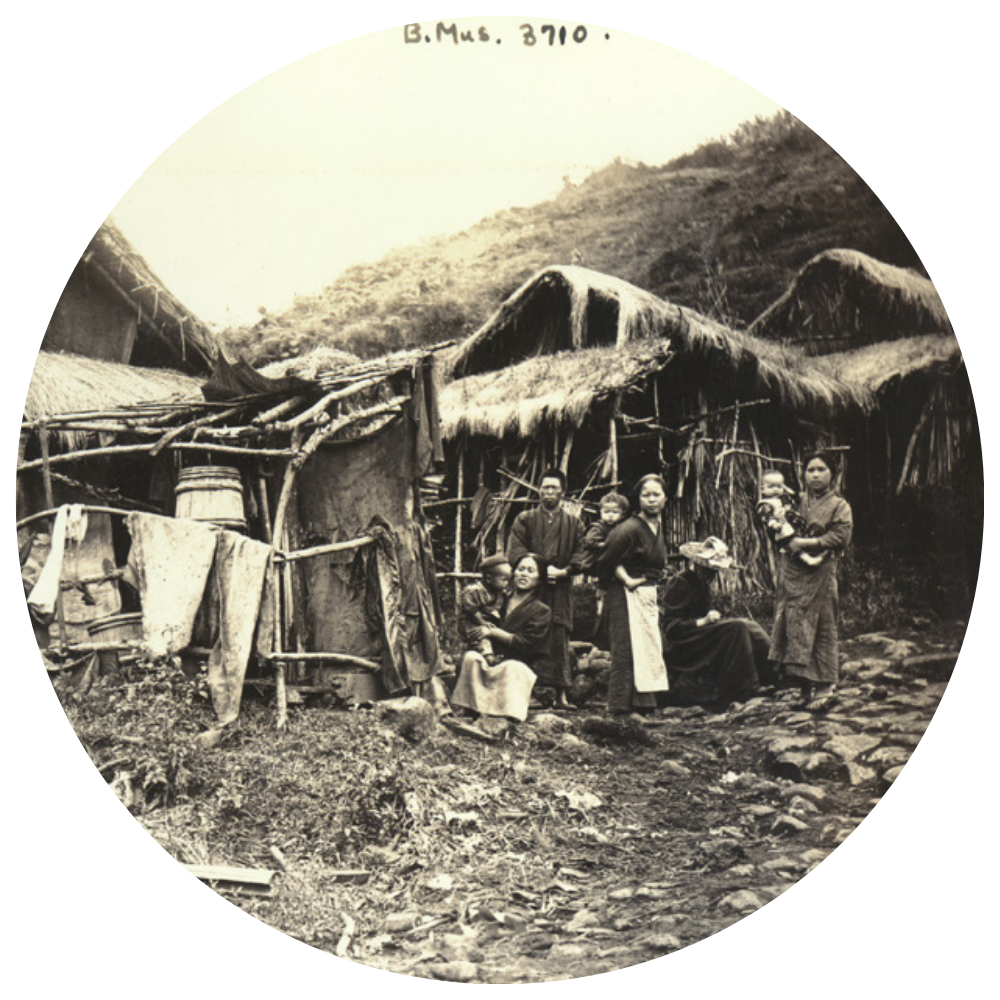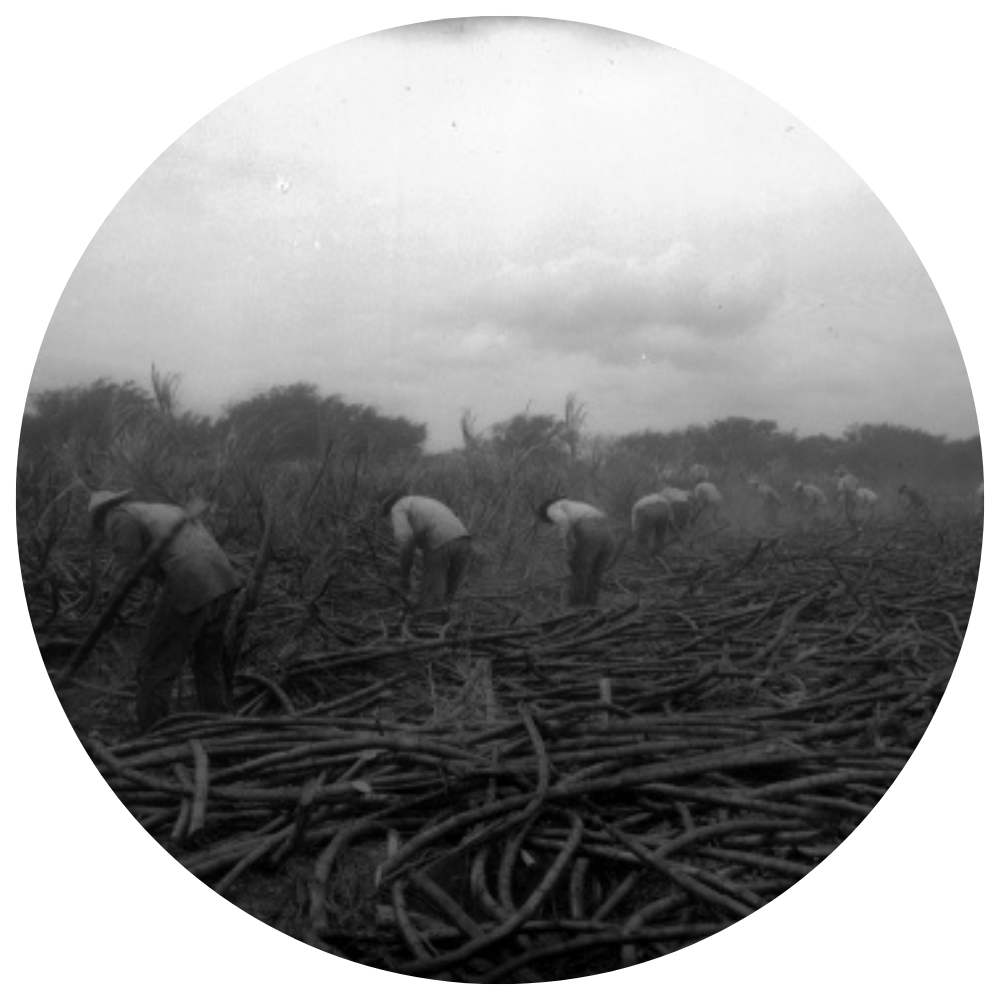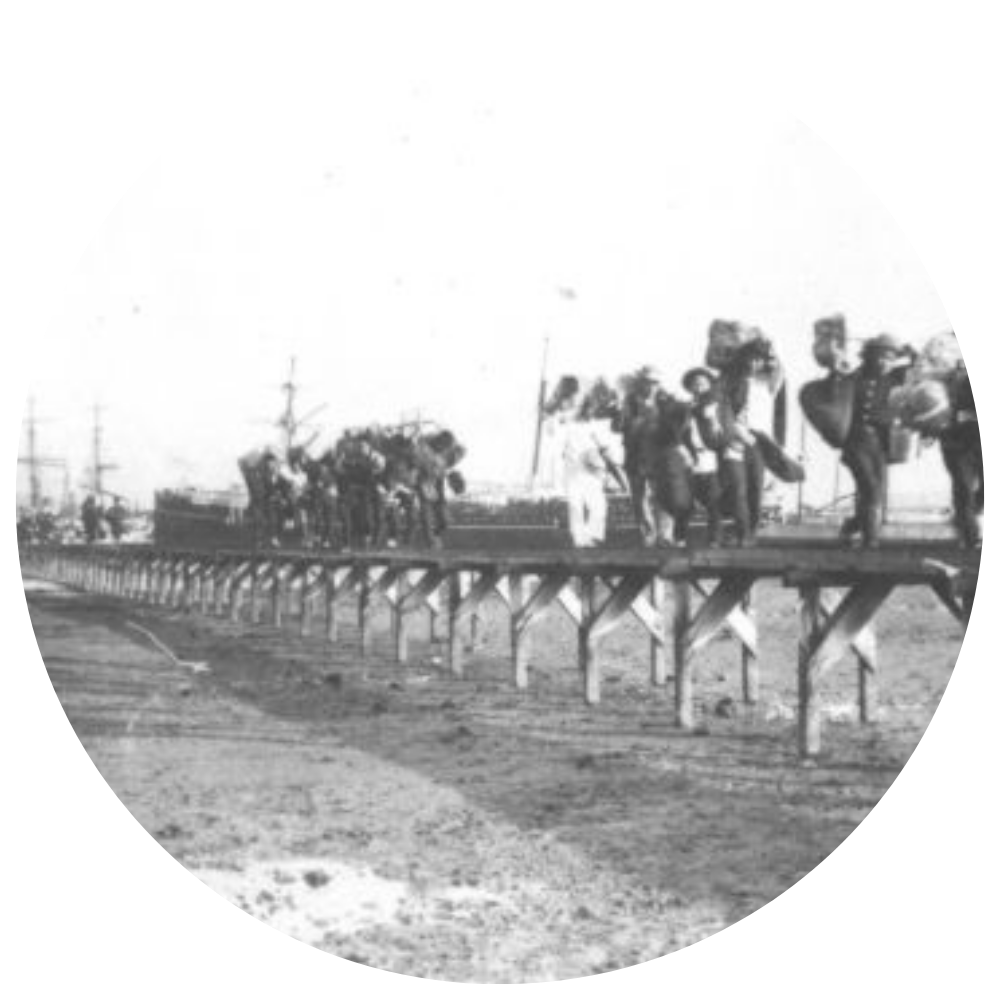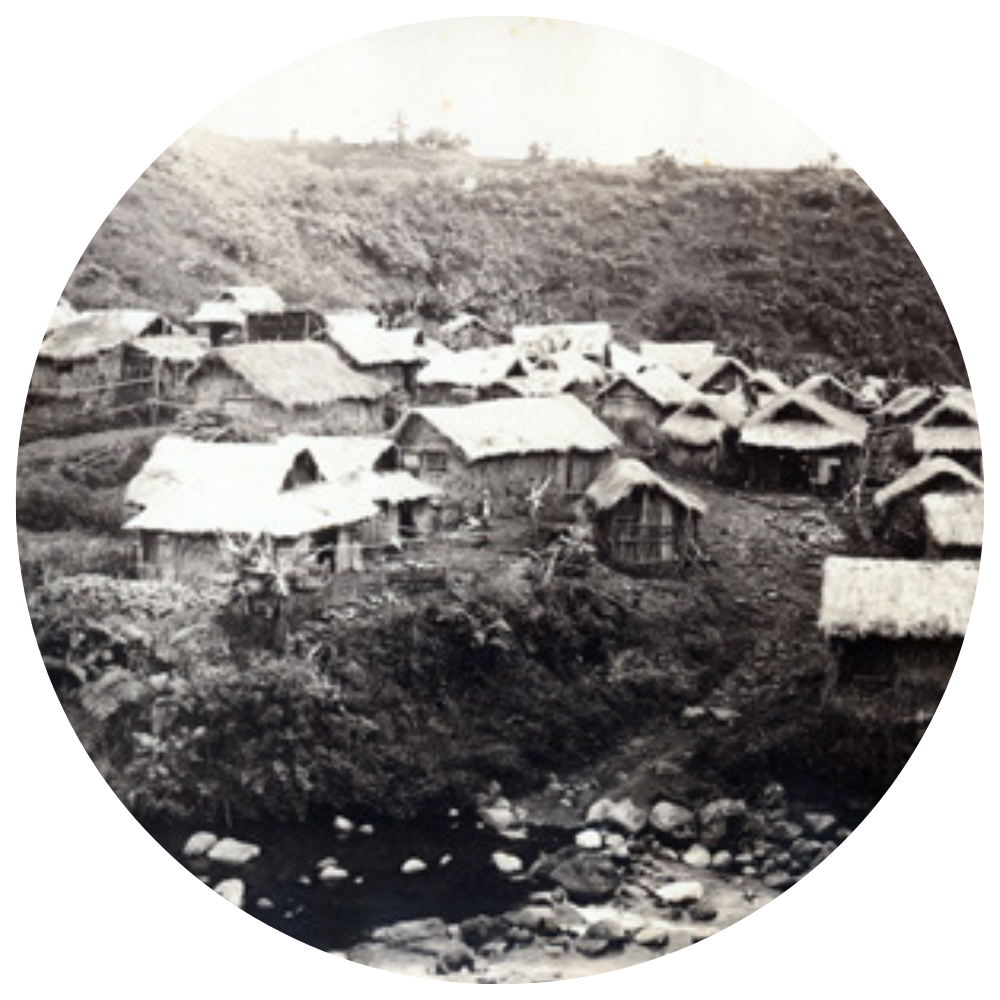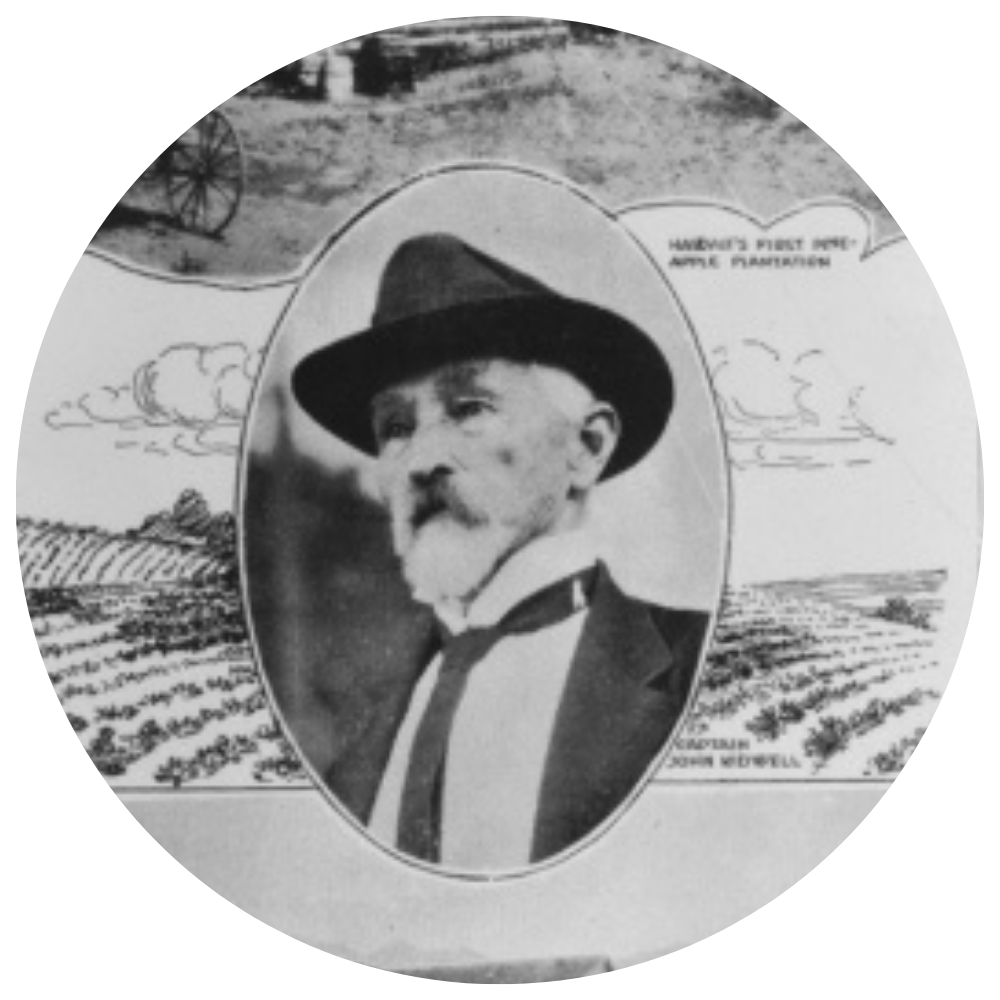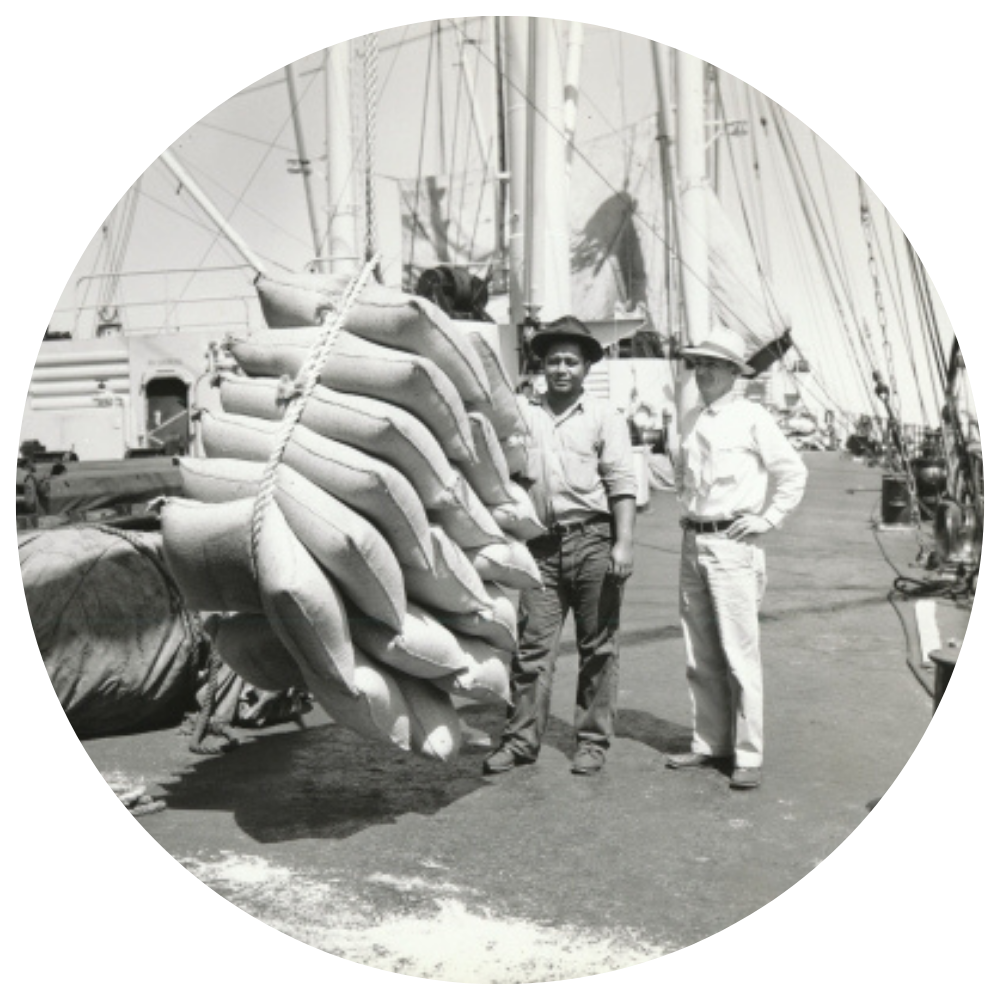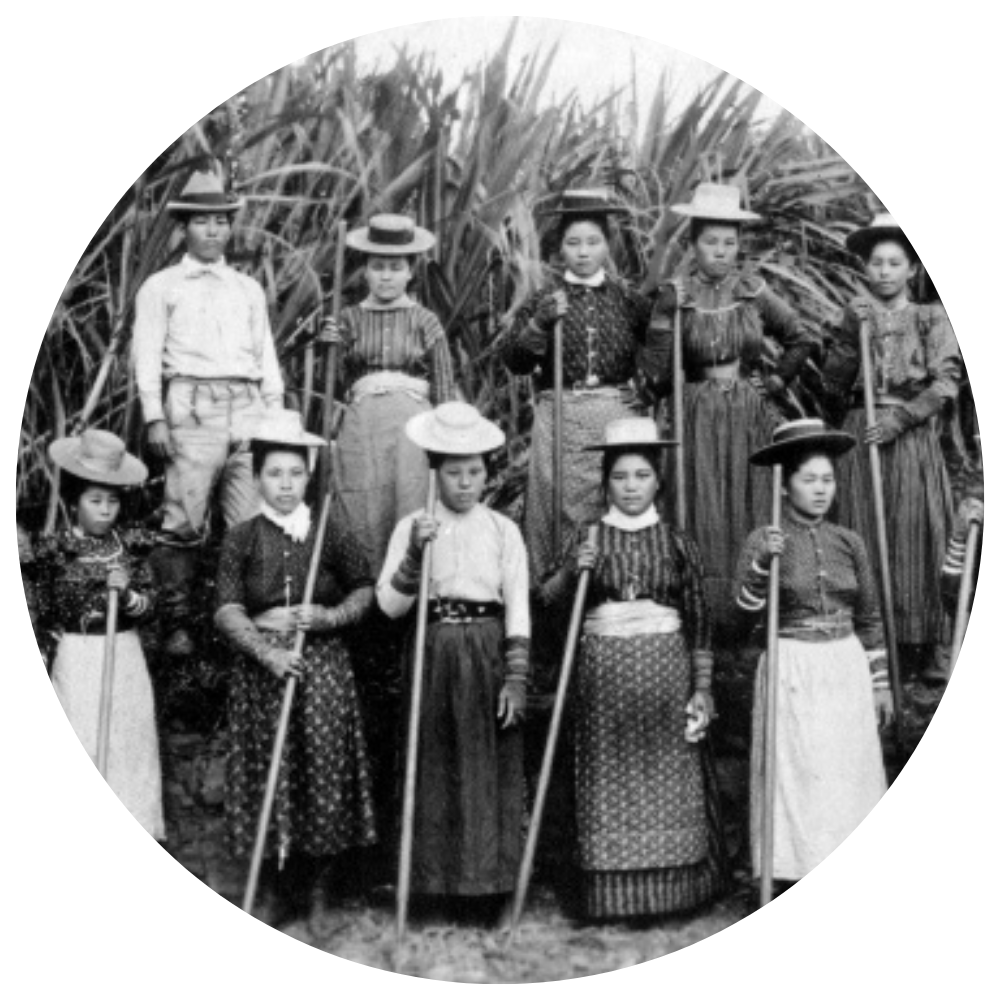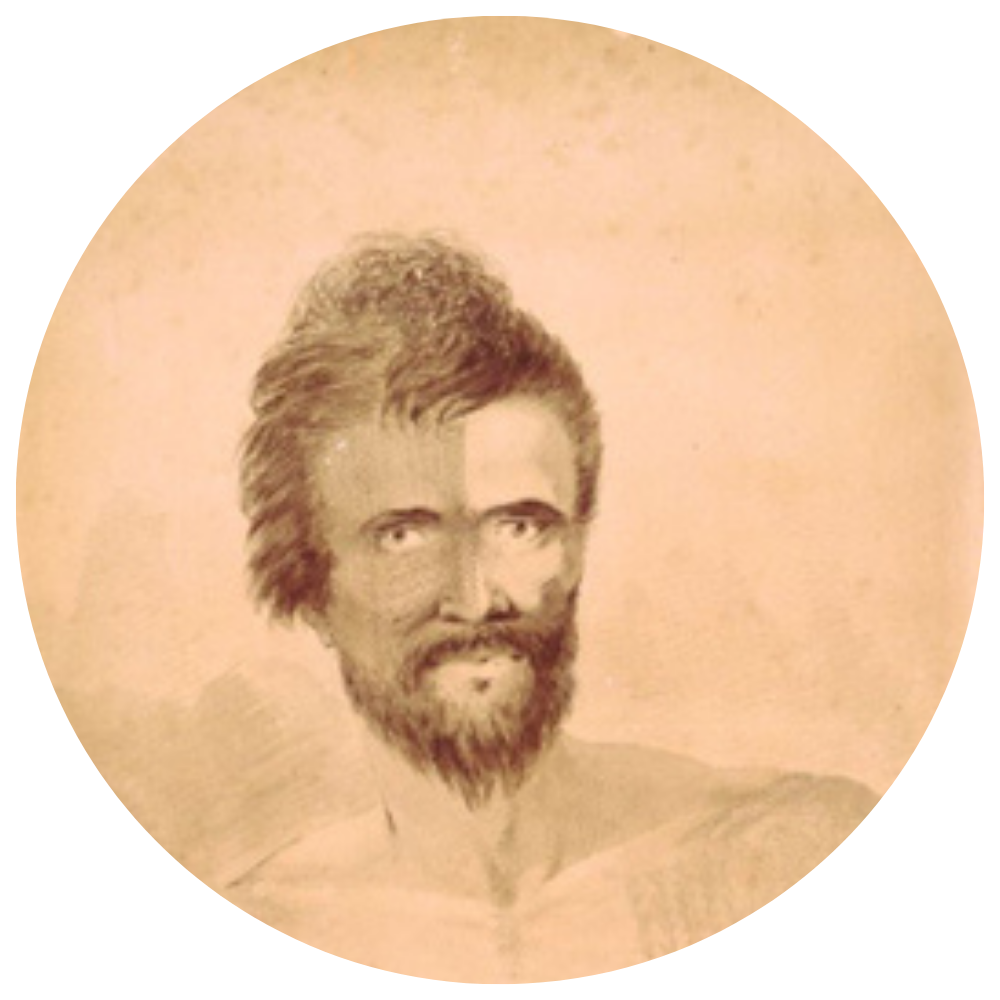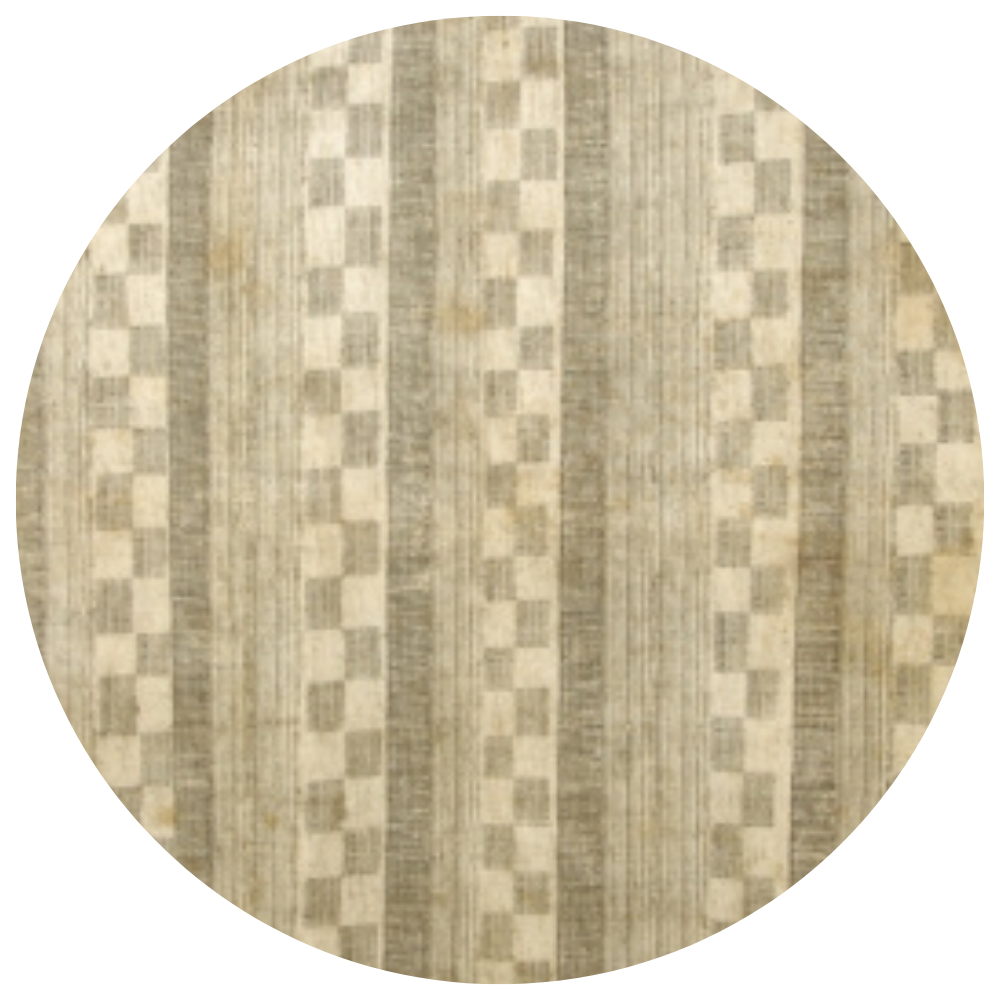Immigrant Passports

With the privatization of land that came with the Māhele of 1848, business interests flocked to Hawai’i seeking to get in on the ground floor of a developing capitalist economy. The Protestant missionaries who had been here for years had been instructed by their mission back in Boston to refrain from entering business and politics. Now however, many who had received land in the Māhele saw the vast opportunity that lay before them. Reverend Amos Cooke stated, “Today I told Brother Castle that as the Board had not given us an opportunity to make anything for ourselves, I was to begin to look out for myself by investing my money at the Islands.”* Many of these investments took the shape of sugar plantations.
While smaller-scale foreign businesses had employed Kānaka Maoli in the past, the waves of epidemic disease devastating the Native Hawaiian population had caused many to question whether they would be a viable labor force to supply the fast growing plantation fields. Sugar interests looking to import inexpensive labor brought workers from Japan as early as 1860. The 1875 Treaty of Reciprocity brought explosive expansion in sugar and demands for even more laborers. The sugar baron’s efforts to import this labor were joined by King Kalākaua. The King planned a circumnavigation of the globe to gain recognition and support for the Hawaiian Kingdom. His travels would also allow him to work on another aspect of his plan that sought to re-invigorate the declining population by perhaps bringing in a compatible race for inter-marriage. Kalākaua undertook instigating future labor importation agreements with foreign heads of state. One result of this effort was the importation into the Kingdom of Hawai‘i of tens of thousands of Japanese laborers.
These laborers came under contracts that bound them to their plantations in conditions that some American newspaper editors compared to slavery. Workers toiled long hours in the hot sun and faced corporal punishment if they did not perform their tasks to the standards required by the luna (foreman, overseer). They were often paid in scripts that were only redeemable at the company store. Leaving the plantation often meant being subject to arrest. Chinese, Portuguese, Korean and other ethnicities were also brought in to work the ever-expanding plantations. These new arrivals would have an enormous impact on the Kingdom. Many would stay in Hawai’i after their labor contracts expired, opening their own businesses and often inter-marrying with Kānaka Maoli. Their influence would be greatly felt in politics. Early Portuguese arrivals, considered “Caucasian” were allowed to vote in Kingdom elections while the Asian populations were not. The large community of Asians would be used by many in America as an argument against annexation and later as a reason to not grant full statehood privileges. Post-Territory political development saw the Japanese population, as a well-organized and populous body, come to being a major force in state politics. The social influences of the immigrant population in Hawai’i are innumerable, as everything from language, to food, to music and dance, became a blend of varied cultures.
*Richards, M. 1970. The Hawaiian Chiefs’ Children’s School, 1839-1850. p349. Charles E. Tuttle. Tokyo.
Location: Bishop Museum Archives


